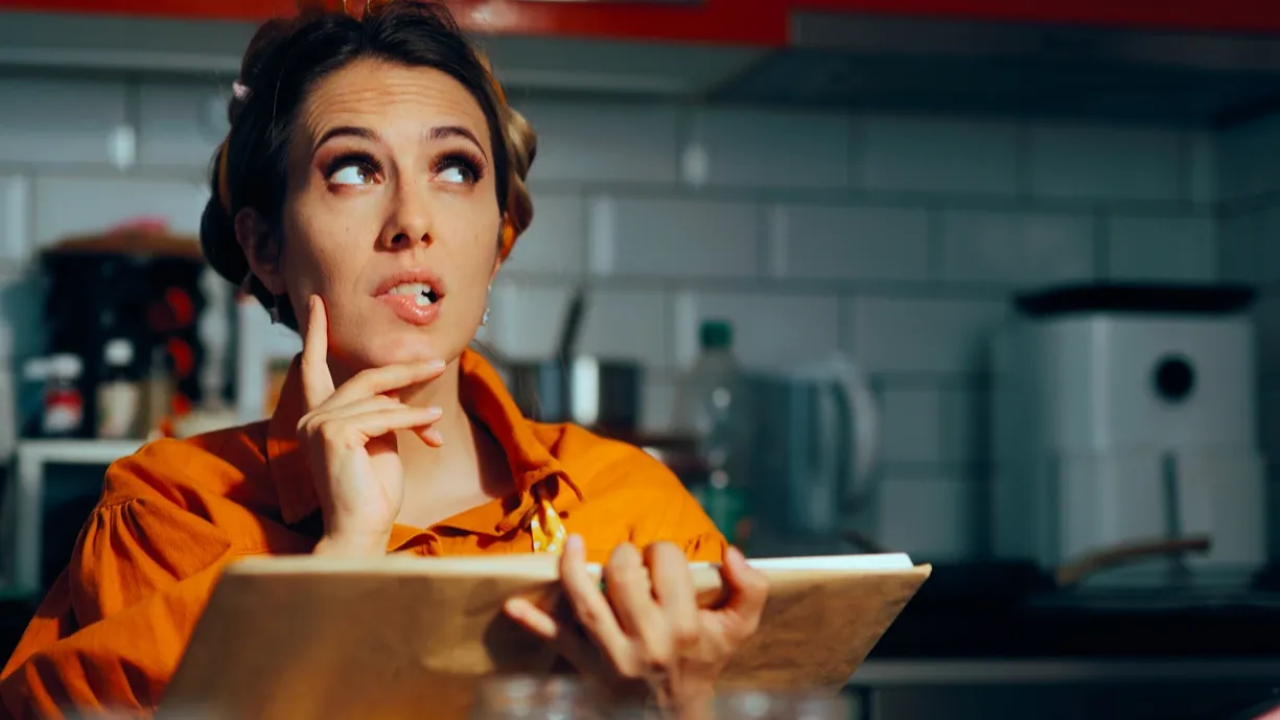Why Recipe Books Make Perfect Online Courses (And How to Turn Yours Into One)

I’m obsessed with cooking, and the joy isn’t just in the sizzle and spice but in flipping through the beautifully worn pages of the recipe books that line my kitchen. There’s something magical about them. The rich descriptions, the chef’s tips, the mouthwatering photos… it’s like a culinary adventure with every page.
And here’s the exciting bit: if any type of book is screaming to be turned into an online course, it’s a recipe book.
Seriously — transforming a cookbook into a course isn’t just brilliant. It’s genius.
If you’ve ever watched a recipe video and thought, “I could do that,” then you already get it. Cooking is visual. It’s hands-on. It’s engaging. Recipe books are built for this kind of content. They're just waiting to be brought to life online — and yours could be next.
So, what are you waiting for? Let’s turn that book into an irresistible, interactive course today.
1. Cooking Is a Visual Craft
Cooking is meant to be seen. While a written recipe gives instructions, seeing someone slice, stir, or sauté brings it all to life. Online courses can:
-
Demonstrate techniques visually
-
Show textures and cooking stages
-
Elevate the experience with presentation tips
Whether whipping egg whites to soft peaks or nailing the perfect sear, these nuances are far easier to grasp through video.
2. Recipe Books Are Already Structured
Most cookbooks are already divided into easy-to-follow sections:
-
Appetizers, mains, and desserts
-
Breakfast, lunch, and dinner
-
Ingredient-focused chapters
This built-in structure translates seamlessly into modules and lessons, saving you time when designing your course outline.
3. Clear Goals and Learning Outcomes
Each recipe has a natural endpoint: a finished dish. That makes it incredibly easy to define learning objectives:
-
Learn a specific cooking method
-
Prepare a complete dish confidently
-
Use ingredients in new and creative ways
You can even scaffold the course from beginner to advanced techniques.
4. High Engagement with Hands-On Learning
Cooking is inherently interactive. You can enhance lessons with:
-
Step-by-step cooking demonstrations
-
Recipe challenges (e.g., cook with five ingredients)
-
Personalization tasks (remix a dish with local flavours)
It keeps learners active and immersed — not just passive viewers.
5. Broad Appeal Across Niches
Cooking connects with a global audience. You can create niche courses for:
-
Busy professionals (quick meals)
-
Health-conscious eaters (plant-based, keto, gluten-free)
-
Cultural cuisine lovers (e.g., Thai street food, French pastry)
-
Total beginners to seasoned home chefs
Whatever your speciality, there's an audience waiting.
6. Built-In Community & Upsell Potential
Recipe-based courses open doors to:
-
Private cooking communities
-
Live cook-along and Q&As
-
Premium resources (meal planners, grocery lists)
-
Personalized chef feedback
Your course can become more than a product — a culinary experience.
Final Thought: Your Cookbook Could Be the Next Big Course
Whether you’re a published cookbook author or a passionate home chef with a recipe collection, your content is primed for online learning. You can turn your recipes into lessons that teach and inspire with the proper structure and tools.
Ready to transform your recipe book into a course? Let’s cook up something amazing together. Contact us here to find out more.
Schedule a Free Discovery Call
Are you looking for support in planning, designing, creating, publishing or promoting your online courses? Schedule a call and let's explore how we can help you.
GET KAJABI FREE FOR 30 DAYS
Try Kajabi for 30 days for free.

50% Complete
Add Your Details
Add your details and we will email you helpful advice and insights. You can unsubscribe at any time.


